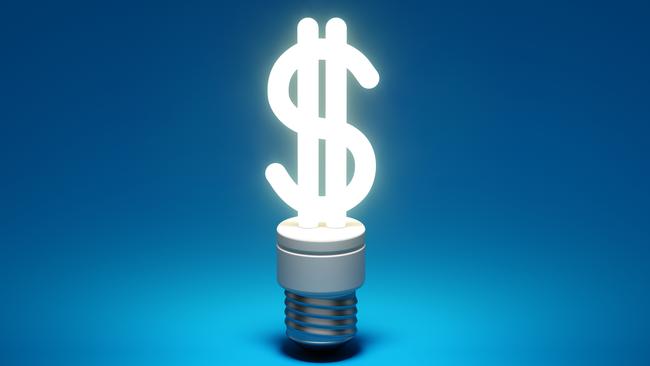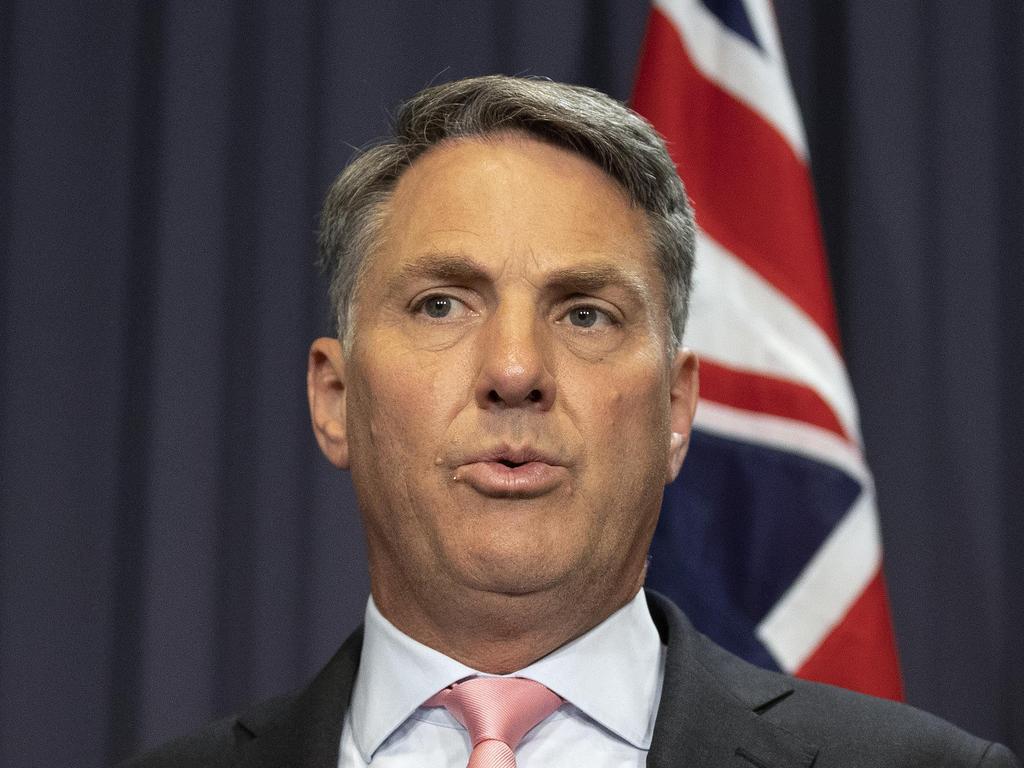Power bills set to blow out by 35pc
Australia faces a new cost-of-living shock, with power prices forecast to soar by at least 35 per cent next year.

Australia faces a new cost-of-living shock, with power prices forecast to soar by at least 35 per cent in 2023 as the early closure of coal-fired electricity generators creates a rocky energy transition.
With households already reeling from six consecutive interest rate hikes and double-digit food inflation, the nation’s fourth largest electricity retailer has predicted a steep hike in electricity tariffs amid a global supply crunch.
“Next year, using the current market prices, tariffs are going up a minimum 35 per cent,” Alinta chief executive Jeff Dimery told an energy conference in Sydney.
The huge jump in electricity and gas costs echoes soaring prices in the UK, which prompted protests and consumers to burn their energy bills.
Households have already been slugged this winter with an increase in their power bills of hundreds of dollars as tight supply pushes up wholesale electricity prices and Russia’s invasion of Ukraine inflates international commodity markets.
Alinta said a painful crunch awaited households.
“A 35 per cent tariff increase is horrendous, it’s unpalatable. Nobody wants that. We don’t want energy consumers tearing up their bills and setting fire to them,” Mr Dimery said.
“That’s the reality of where we’re headed, unfortunately. And I don’t have a short-term solution. There are real issues around energy pricing that we’ve got right now. And I think the public are going to get more attuned to that.”
AMP chief economist Shane Oliver said if Alinta’s predictions were realised, it would add an extra 0.6 per cent to inflation and put pressure on the Reserve Bank to be more aggressive in raising interest rates.
“They would have been assuming about a 10 per cent (increase in electricity prices),” Dr Oliver said. “It could make the RBA more hawkish if it slows the rate of decline in inflation.”
Energy Minister Chris Bowen said Australia was “feeling the impact of the global energy crunch, extreme weather events and 10 years of denial and delay by the former Liberal government”.
“While these challenges don’t go away overnight, the Albanese government is wasting no time delivering a stable policy framework to reduce volatility in the market, put downward pressure on prices, and encourage increased investment in transmission and firmed renewables to keep the lights on,” he said.
Mr Bowen stood by Labor’s pre-election commitment to lower electricity bills by $275 by 2025, despite the rising prices.
“Getting more renewables in the system will mean lower power prices. I don’t think that should be such a controversial statement in Australia in 2022,” Mr Bowen told the energy forum.
Peter Dutton said energy was the “biggest issue of our time”. “I think it’s the reality that families today when they open their bills … let alone if it’s 35 per cent higher under Labor by the time the bills come in 12 months time,” the Opposition Leader said.
Australian Industry Group chief executive Innes Willox said business leaders would not be surprised by Alinta’s forecast.
“We are just at the start of the price rises, and more pain is to come,” Mr Willox said. “The market thinks energy prices will be lower beyond 2023 and that renewables will keep displacing coal and gas, but that doesn’t look as though it will happen fast or as quickly as it should.”
Australian Chamber of Commerce and Industry chief executive Andrew McKellar said “higher power prices threaten the viability of industry and will hurt households”.
The Australian Energy Regulator also signed off 18 per cent bill increases under standing offers agreed through its default market offer, which serves as a price cap for consumers paying the highest prices.
Australia’s biggest electricity generator, AGL Energy, said power prices would increase but backed away when asked if a 35 per cent increase was likely.
“If we look at what’s happened in the market, it would be reasonable to assume a continued upward trajectory,” AGL chair Patricia McKenzie said.
One of the big three retailers, Origin Energy, said wholesale prices indicated a leap in electricity prices was likely to hit the market once new tariffs were set in July 2023.
“Based on current wholesale prices, those orders of magnitude sound familiar to me,” Origin chief Frank Calabria said.
“We saw through winter and I think we’ve seen through price outcomes and through extraordinary events that we are already on the path of a roller coaster right now, and we really need to get going on it.”
EnergyAustralia said wholesale prices had soared, which would flow through to household bills. “Just go back a year; wholesale electricity prices are up four times from $60 per megawatt hour to $240MWh. Gas is up from $10 a gigajoule to $50 on the current ACCC netback,” EnergyAustralia chief executive Mark Collette said.
“That’s four or five times and it’s massive. It’s putting a lot of upward pressure on tariffs.”
Second-tier retailer Momentum Energy said there would be price hikes. “I think we all see there are going to be big increases next year,” Momentum managing director Lisa Chiba said.
Energy Users Association of Australia chief executive Andrew Richards said large commercial and industrial customers “will be bracing for impact in anticipation of a significant increase when they re-contract”.
“They are also powerless to avoid increases in network charges and other pass-through costs – such as the cost of state and federal programs and AEMO intervention,” Mr Richards said.
“Regardless of contract status, these cost increases will begin to hit in the coming 12 or so months. There doesn’t appear to be a viable escape route.”
Origin Energy said the UK, where 40 retailers had collapsed, had underlined the scale of the problem where price caps were put in place to limit the damage.






To join the conversation, please log in. Don't have an account? Register
Join the conversation, you are commenting as Logout